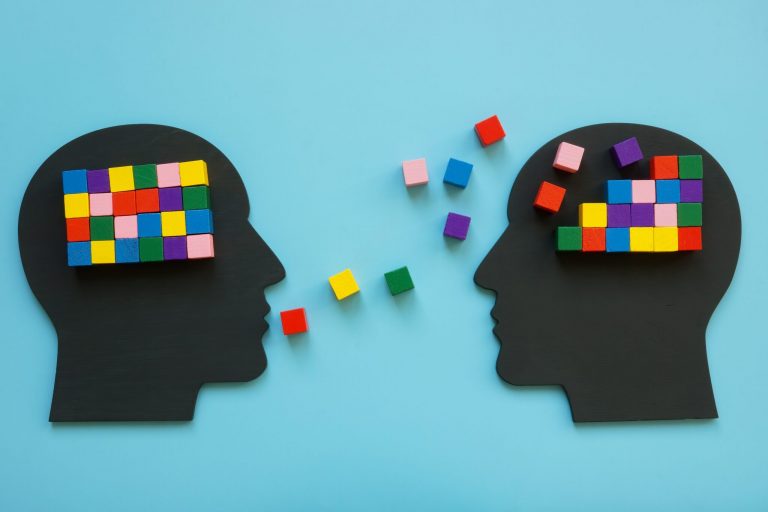President’s Column #5: The day the language barrier disappears

The other day, I listened to an interview with Jaroslaw Kutylowski, CEO of DeepL, on NHK WORLD-JAPAN. DeepL is building a translation system for languages around the world. Needless to say, DeepL is a poster child for AI (Artificial Intelligence), and the accuracy and speed of translation that this system produces are dramatically improving day by day. In fact, Japan is known to be the world’s second-largest market for DeepL. As you may have already guessed, I am also using DeepL and other translation tools on a daily basis.
Kutylowski said he was born in Poland and faced difficulties communicating with people when he moved to Germany as a child. This experience motivated him to start a business that uses digital technology and AI to overcome language barriers. I can imagine that, in the very near future, simultaneous interpretation will probably be completely replaced by such apps, and interpreters’ jobs will be largely affected. Perhaps even skillful movie subtitlers could be overtaken by AI.
The day is not far off when the high barriers to communication between different languages will come down with a resounding crash, because of this disruptive innovation. At least in business and general daily conversation, it seems certain that the day is just around the corner when the foreign language proficiency of dialogue participants will no longer be an obstacle to communication. In fact, I have used a well-known simultaneous interpretation application developed in Japan on a trial basis and have found it to be completely practical in terms of accuracy — although I was a little concerned about the translation delay.
But, of course, a language’s cultural depth, diversity, and spirituality are extremely important, and Kutylowski noted that this is a major obstacle for DeepL. It may be logically impossible to accurately translate a text such as poetry or classical literature, where the style and phonological rules of a certain sentence are inseparable from the work’s intrinsic value. This is a world that will remain inaccessible no matter how advanced AI becomes.
However, if translation applications become much more advanced and interfaces become even easier and cheaper to use, the time and effort of painstakingly learning multiple languages for business purposes may be completely unnecessary. This may also fundamentally change the nature of foreign language learning as a communication competence. In such a situation, the significance of learning a foreign language will likely remain in learning the culture and cultural context behind the language and the mentality of the speakers.
Not only DeepL, but many other translation applications have been developed and are now competing against each other. English is now at the center of translation applications as the lingua franca. In fact, when DeepL is used, 99% of the time, it is used to translate between English and other languages. So far, at least in the world of science, I have never felt the need to translate Japanese into, say, Italian or Latvian. English is everything.
A lot of research in the social sciences and humanities is published in Japanese or in the researcher’s native language. Among them, I have heard that there are many excellent publications at international standards. Unfortunately, in case of Japanese research, most of them are limited to a corner of bulletins and to a minority of specialized journals that are only accessible to an audience fluent in Japanese. This is one reason why it is difficult for Japan to produce a Nobel Prize in economics or innovative research in the social sciences.
The essence of scientific results, whether in the social or natural sciences, is the “data” itself. However, science becomes an object of evaluation only when it is translated into language as a “thesis.” As long as research is expressed in the style of a “thesis,” the research itself is inevitably defined by a specific “style” of language. That particular language is now English.
Certainly, English may be a language suitable for expressing science. In fact, there are many researchers who say that English is the best way of logical and scientific thinking. But the truth may be the opposite. The logic of modern science may have been constructed on the special language of English, and as a result, scientists may have been trained that way.
However, if AI for language interpretation reaches the realm of singularity, the day will surely come when research results in the social sciences and humanities in Japanese will be evaluated not only in English, but also in the native languages of researchers everywhere. On that day, by all means, we hope that Japan’s research capabilities will be fully evaluated, and will leap to a visible position in global university rankings. For this reason, we should focus on producing more high-quality research, no matter what language is used.
